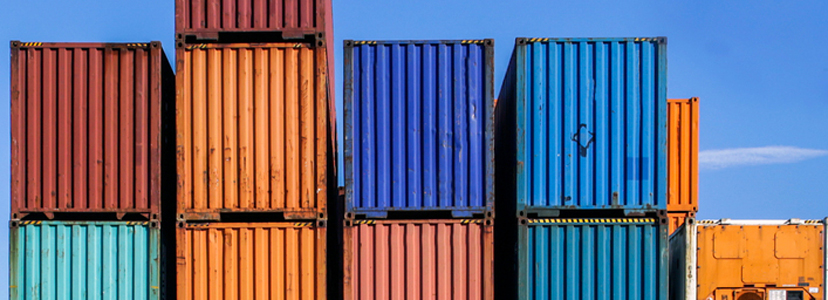A guide to trading abroad: UN certified boxes

UN certified boxes can go by many names: hazardous materials, dangerous goods, and hazmat packaging are a few examples. However, they all come under the same umbrella of being designed specifically for potentially hazardous goods transport.
Whether the delivery is by air, sea, inland waterway, or road, it’s important for packaging companies to understand what the different types are, how they should be used, and the correct terminology. The reason being is that because it involves the transport of dangerous goods, safety is paramount.
So, what are regulations?
Firstly, the UN created these regulations to simplify the process of transporting hazardous goods. Unfortunately, they’re still quite complicated. Nevertheless, there is a collective European regulation which does make things a bit easier for us in the UK.
Essentially, the goods are split into classes according to how dangerous they are, followed by further packaging classifications (PG 1, PG 2, PG 3). This system informs companies in how to exactly how to package goods that are of different danger levels — this also includes inner packaging materials and labels.
To get packaging that is approved by the UN, they must undergo practical tests to ensure they are structurally sound and are able to withstand any potential damage that may occur during transport. Upon this approval, the packaging will then be marked with the ‘UN’ label and the relevant labels for road, sea, inland waterway, and air, along with what the packaging contains.
What are the different types of boxes you can use?
There are two different types of boxes that are applicable to the UN regulations: 4G and 4GV.
4G
4G boxes are made from the durable material of fibreboard (including corrugated cardboard) and are the outer packaging used to contain hazardous materials. As a result, the 4G box alone is not suitable for the transportation of heavy or extremely hazardous goods, therefore they are more suited to transporting smaller items that are easier to handle: bottles, jars, and cans for example.
Due to the 4G box not being suitable for the sole packaging for hazardous goods, it therefore does not meet UN regulations: hence why it is used as the outer packaging. You are required to purchase these alongside the inner cushioning materials as well. This is why they are alternatively called ‘combination packaging’. Essentially, the box’s purpose is for easy identification of what they contain for the supplier or shipper.
Where delivery companies have to be careful is to not apply the 4G, UN approved label to the box without knowing that the inner packaging is also UN approved. Applying the 4G label essentially means you are saying that this package in its entirety (both the inner and outer packaging) are UN approved. Remember, the fibreboard box alone does constitute UN approved packaging.
4GV
Many manufacturers do not have the capability of producing both inner and outer packaging (combination packaging) that meets the UN requirements. This is where variation packaging comes into play, and, as a result, the 4GV box.
Variation packaging does not contain all the cushioning materials the 4G boxes have. Therefore, they are less complicated to produce in relation to all the rules and regulations. They are still made of the same fibreboard material, and are therefore durable and sturdy. However, they are manufactured to the standard of being able, and certified, to hold containers which are not UN approved. So, 4G packaging has to contain inner packaging that meets the requirement, whereas 4GV doesn’t.
Why then would you ever choose 4G packaging? Well, the answer lies in the differences between the weight regulations: as a 4G box is UN approved for both inner and outer packaging, the weight load you are allowed to carry is significantly higher than 4GV, which is only outer approved. The risk of contamination, for example, with the 4GV box is consequently higher, and therefore the maximum weight must be lowered to reduce that risk.
Find out more about Davpack’s UN certified boxes.
Remy Courtois
Latest posts by Remy Courtois (see all)
- Why Floor Marking will Improve your Business’s Safety - 15th September 2022
- Davpack’s Most Popular Eco-Friendly Products - 16th August 2022
- Reasons your Warehouse Needs Shock and Tilt Indicators - 12th July 2022
